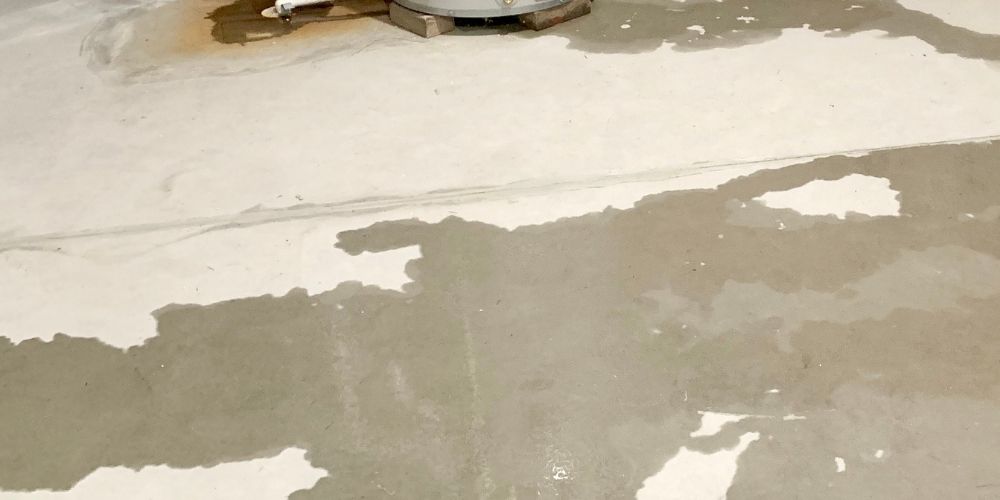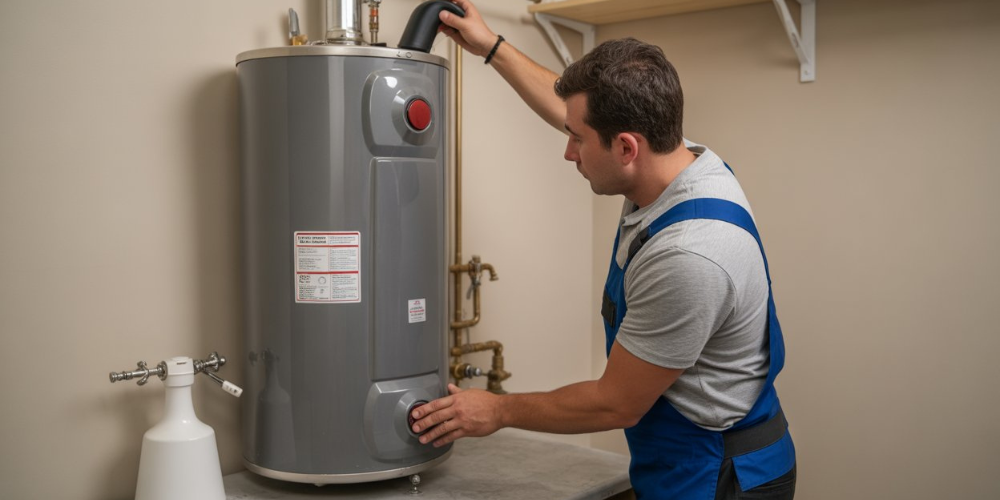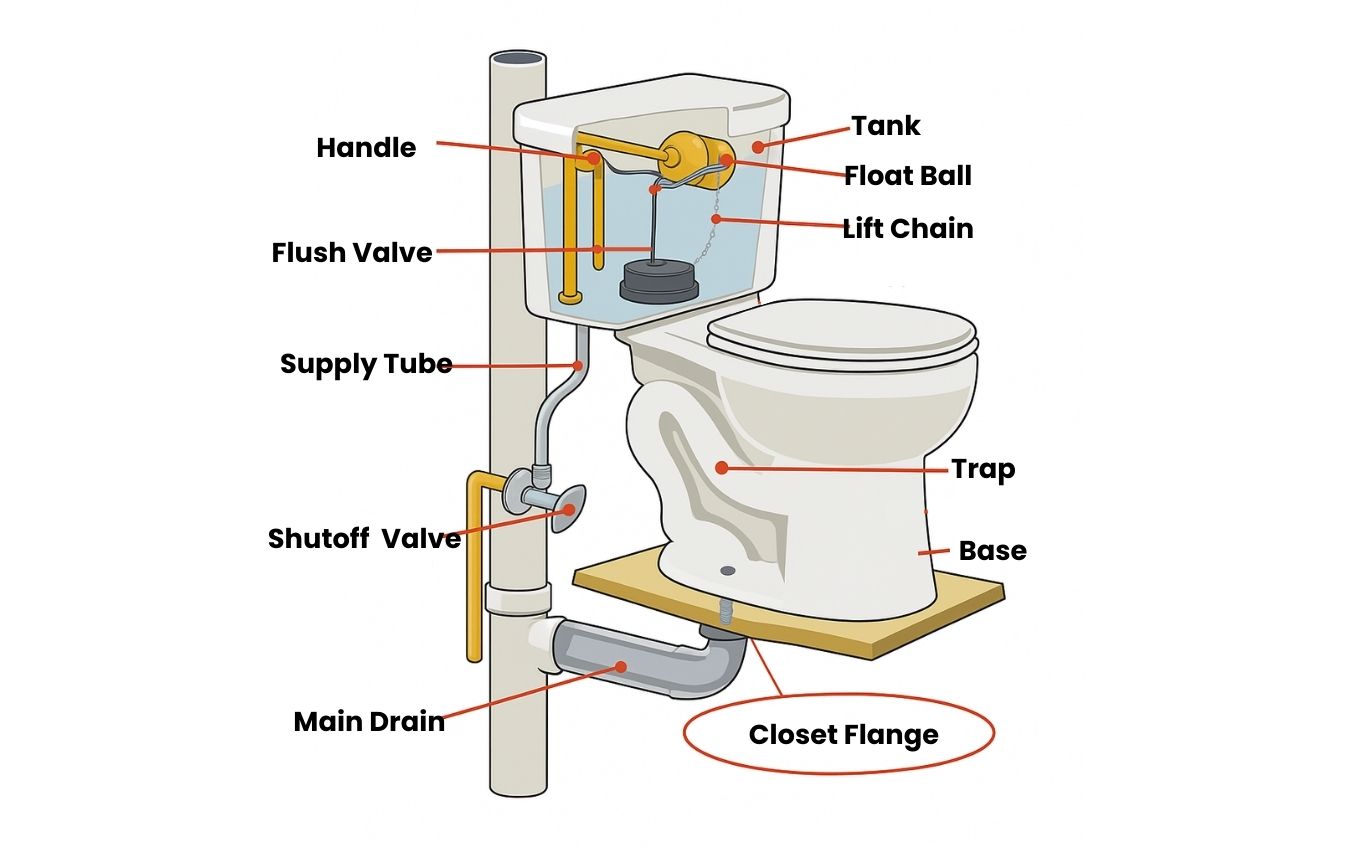
Much like your toilet, you don’t even think about what is beneath it, but there is a small ring that works hard down there, and it has a fancy name: a flange.
A toilet flange — also known as a closet flange — is a plumbing fitting that connects the toilet to your home’s drain line and anchors it firmly to the finished floor. It creates a tight, secure connection between the toilet and the drainage system, while also being securely fastened to the subfloor with rust-resistant screws. This keeps the toilet stable, properly sealed, and prevents any unwanted movement. What is its type, and why is it important? Let’s find out.
Why the Toilet Flange Matters?
The toilet flange is designed to perform a single task, and that is to ensure that your toilet is properly joined to plumbing in your home. It anchors your toilet to the ground and makes it completely water-tight between the toilet and the drain pipe under it.
A bad flange leads to several mishaps:
– Your toilet becomes wobbly.
– Your floor can be soaked by water.
– Sewer gases may escape into your bathroom and form a foul smell.
All these problems can be avoided when there is a functioning flange. It makes everything tight and closed so that your toilet is functioning at its full strength. Once it begins to malfunction, you will be forced to upgrade it to prevent larger plumbing problems in the future.
Types of Toilet Flanges
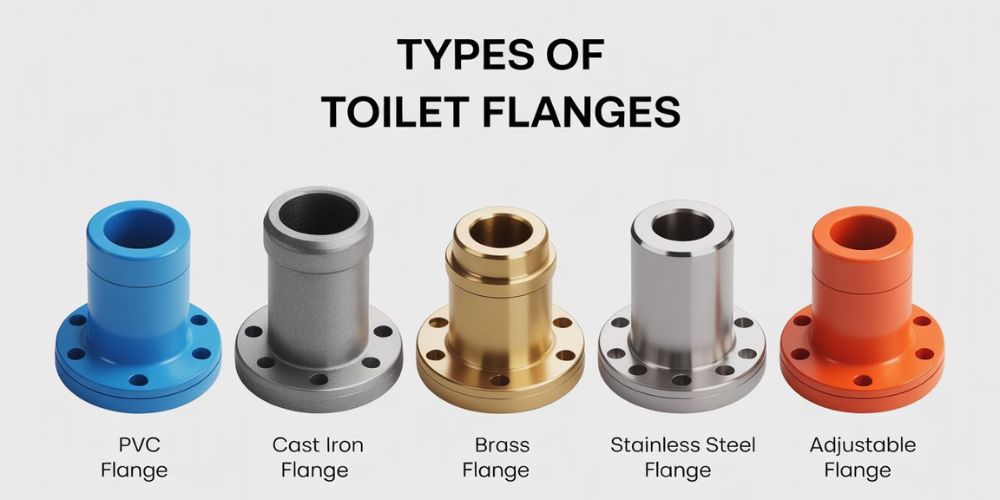
Toilet flanges come in several different materials, each with its benefits:
- PVC flanges – The most popular choice because they’re affordable and don’t rust. They work great with modern plumbing systems and are easy to install.
- Cast iron flanges – The heavy-duty option you’ll find in older homes. They last forever, but can rust over time.
- Brass flanges – More expensive but durable. They handle wear and tear better than most other materials.
- Stainless steel flanges – The premium choice that resists corrosion and lasts a long time.
- Adjustable flanges – These come in handy when your floor height doesn’t line up perfectly with the drain pipe.
Your plumber can help you pick the right type based on your home’s plumbing and your budget.
Also read, Where is My Toilet Shut-off Valve?
Signs You Need a Toilet Flange Replacement
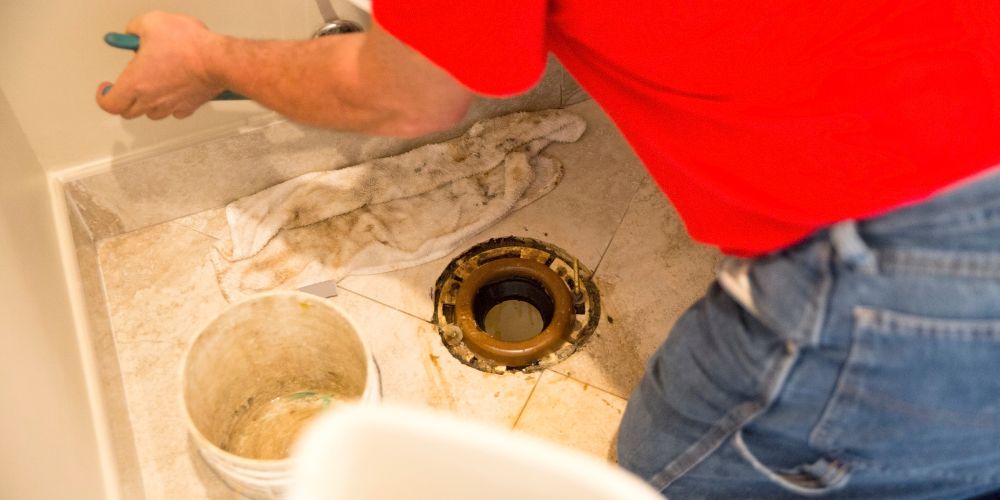
When a toilet flange becomes defective, several signs can indicate that it needs to be replaced. The major symptoms that should receive attention at once are:
Wobbly toilet – When sitting on the toilet, the toilet fixture moves sideways, indicating that the flange bolts are either loose or the flange itself is broken. A stable toilet shouldn’t wobble.
Water around the base – The presence of puddles of water at the toilet base is an indication of a compromised seal. To avoid hidden damage, it’s also important to routinely detect water leaks in other areas of your plumbing system.
Bad smells – There is a familiar rotten-egg smell when sewer gases leak past a failed flange. When the bathroom suddenly stinks, it means something is wrong with the flange.
Visible damage – Gaps in the flange itself or bolts that will not tighten show structural damage.
Soft or damaged flooring – Since flanges leak continuously, the flooring around the toilet becomes soft or blackened.
Waiting to tackle any of these should not come as an option because a bad flange will wear out over time and can cause a substantial amount of damage to the floor of the bathroom.
Since plumbing issues often don’t stay isolated to one component, it’s important to understand how other related problems can develop as well. Knowing the causes of clogged toilets and their solutions is also important.
Toilet Flange Replacement: DIY or Call a Pro?
| DIY Replacement | Professional Replacement |
| Ideal when the flange swap is simple and the damage is minimal. | Best when there’s extensive damage, rotted subfloor, rusted pipes, or unknown issues. |
| Requires basic tools like a saw, screwdriver, and wax ring. | A plumber brings specialized tools and experience to handle unexpected complications. |
| Saves money on labor costs. | Saves time and avoids stress or mistakes that may lead to bigger repairs. |
| Good for homeowners who are confident and don’t mind getting dirty. | Good for homeowners who prefer peace of mind and a guaranteed repair. |
| Risk of running into misaligned pipes, odd pipe sizes, or hidden damage. | A professional can quickly diagnose underlying issues and prevent future leaks. |
| You control the pace and can start/stop as needed. | The job is completed faster and correctly in one visit. |
Bottom Line:
Go DIY if the flange is accessible, nothing is damaged, and you’re comfortable using basic plumbing tools.
The middle ground? Start the project yourself, but don’t hesitate to call for backup if things get complicated. Your time and sanity are worth something, too.
Call a pro if you notice soft flooring, corrosion, or anything that doesn’t line up — or if you simply want the job done quickly and correctly without the hassle.
Toilet Flange Maintenance Tips
Taking a little care can prevent big flange problems. Follow these simple tips to keep your toilet steady and avoid leaks.
-
Check for Warning Signs Regularly
Look around your toilet base every few months for water spots, weird smells, or wobbles. If your toilet rocks even slightly, don’t ignore it—that’s often the first sign your flange needs attention before bigger problems start.
Also read, Top 7 Summer Plumbing Problems and How to Fix Them
-
Keep the Area Clean and Dry

Wipe down around your toilet base when you clean your bathroom. Excess moisture can make your flange deteriorate faster, so keeping things dry really helps it last longer and work better.
-
Don’t Overtighten the Bolts
When tightening toilet bolts, go easy on the pressure. Too much force can crack the flange or even damage your toilet. Snug is good enough—you don’t need to crank them down super tight.
-
Be Careful During Renovations
If you’re doing bathroom work, protect your flange from heavy tools or falling materials. A damaged flange during renovation means bigger headaches and more expensive repairs down the road.
Why Choose PlumbSmart for Toilet Repairs?
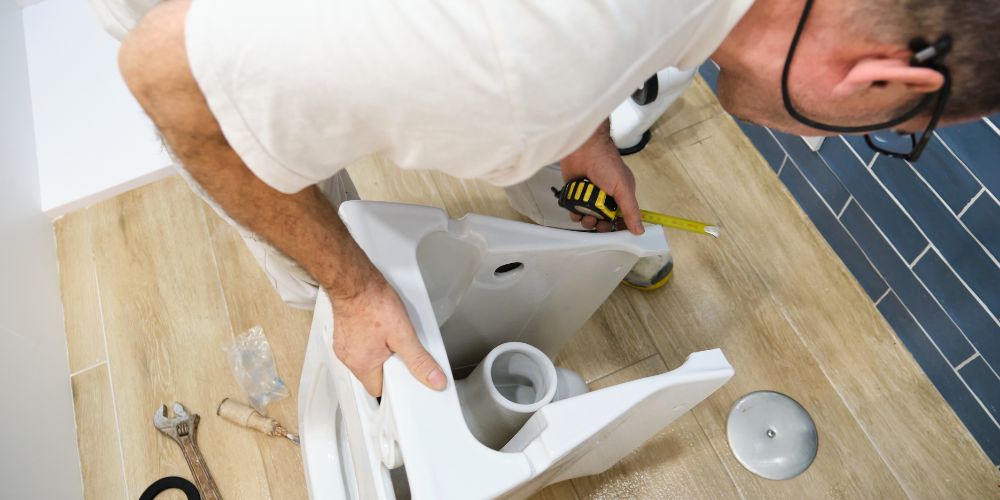
Toilet troubles never arrive at the right time, and this is the reason why Plumbsmart is here to help.
We’ve been addressing these issues over the years, and we’re familiar with the typical problems San Antonio homes encounter. From old cast iron flanges to tricky PVC replacements, we’ve done it before.
We also provide the cost and a list of items that require repair in advance. Our work is also guaranteed; therefore, in case something does not feel right, our employees will come back and rectify it.
Wrapping Up…
The toilet flange might not get much attention, but it’s super important for your bathroom plumbing. Pick the right one and take care of it, and you’ll avoid plumbing headaches for years to come. When you need help or advice, PlumbSmart has got you covered.



